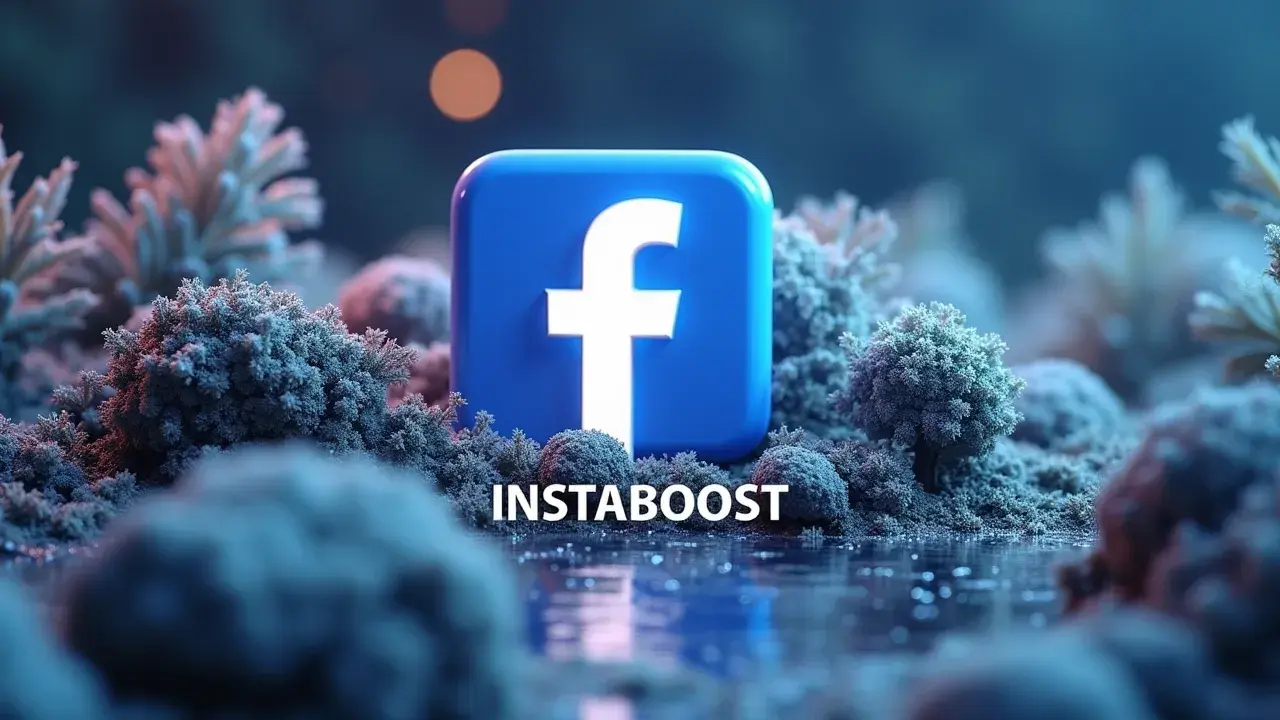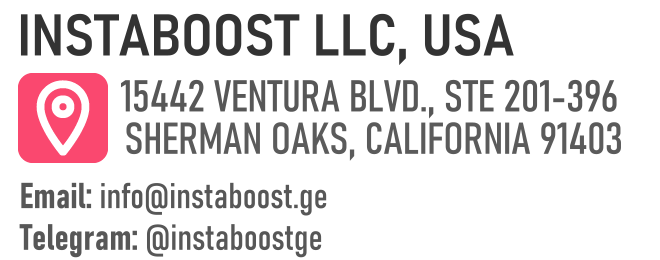How Can I Retrieve Deleted Posts on Facebook?
Deleted Facebook posts can sometimes be recovered if action happens within the platform’s typical timing windows. The process involves checking available recovery options promptly, especially within the first hour, and keeping a record of what was restored or lost. Acting fast helps preserve engagement momentum while minimizing disruption to the posting rhythm. A focused, time-aware approach improves the odds of recovery and keeps performance on track.
Start With What’s Still Recoverable
When a post disappears, the job isn’t to panic. It’s to triage. Facebook keeps most deleted items in a recycle layer called the Trash or Recycle Bin inside Activity Log for a short window, which is usually the fastest way to retrieve deleted posts without derailing your content rhythm.
Timing matters. Act within the first hour if you can, because early recovery is more likely to preserve reactions, comments, and share paths, while late recovery can fragment those retention signals. If the post powered a campaign, like a creator collab or a targeted promotion, restore it first, then relink ads or cross-posts so your analytics stay clean.
Timing matters. Act within the first hour if you can, because early recovery is more likely to preserve reactions, comments, and share paths, while late recovery can fragment those retention signals. If the post powered a campaign, like a creator collab or a targeted promotion, restore it first, then relink ads or cross-posts so your analytics stay clean.
Check screenshots, drafts, and page roles as well. Admins sometimes remove content for policy or brand-fit reasons, so a quick roles check can save time before you escalate. If it’s truly gone from the Trash, pivot smart. Re-publish a tuned version with the same hook and call to action, and seed early momentum with qualified boosts, whether a small, targeted spend or a reputable scheduling tool, to rehydrate engagement. That works when you match audience intent and measure comments and saves, not just clicks; it’s the same logic you’ll see in Facebook strategy for fast results discussions that emphasize clean signals and repeatable plays.
Keep a simple testing loop. Label restored vs. re-posted content in your analytics, watch 24-hour retention and comment quality, and prioritize posts that attract real replies over vanity reactions. For sensitive or high-stakes posts, enable safeguards like two-step approvals, draft staging, and export backups so accidental deletes are rare and reversible. Search term tip: if you’ve Googled “recover deleted Facebook posts,” the answer often hinges on whether the item is in the Trash, archived, or removed by policy. Each path has a different clock, but with quick checks, quality tooling, and a clean measurement setup, you can recover or rebuild without losing the thread of your strategy.

Prove You Can Recover: Signals, Logs, and a Tight Feedback Loop
One overlooked metric unraveled the whole campaign. We were watching the post, but the save was buried in diagnostics: did the restored item reattach to its original engagement graph. If you’re trying to retrieve deleted posts on Facebook, the credibility test isn’t just “Did it come back?” It’s “Did the reactions, comments, and share paths repopulate within your analytics view?” Start with the quick win in Trash inside Activity Log, then validate under one dashboard – Content Library or Meta Business Suite – plus a lightweight export from your page insights, and remember that follower composition can influence whether those pathways light back up, much like when you boost Facebook with followers during a scheduled push.
If those retention signals look clipped, treat the post like a soft relaunch rather than a clean recovery. Pair the restore with real comments from collaborators to restart threads, and consider a small, well-targeted promotion from a reputable ad account to re-seed early momentum. It works when your audience match and timing are tight and you measure by re-engagement rate, not vanity impressions. Keep a simple recovery log: timestamp of deletion, restore time (aim for that first hour), engagement delta at 15/60 minutes, and any creative tweaks. That log becomes your safeguard against shadow fragmentation, where late recoveries fork into duplicate URLs or break clean analytics.
If the Trash window has lapsed, move to structured options – an archive habit via Creator Studio, synced backups to a qualified social scheduler, or a lightweight UTM template – so future retrievals preserve attribution. This is the professionalism layer: fast restore, clean measurement, and a testing loop that keeps your posting rhythm intact while protecting the compounding value of comments and shares. When your process can prove continuity, stakeholders stop worrying about accidents and start trusting your system.
Choose a North Star Before You Click Restore
Tactics explain how, strategy explains why now. You’re not just rescuing deleted Facebook posts – you’re choosing the outcome you’ll defend in next week’s metrics review. Set a primary goal before you restore: keep the original engagement curve, trigger a controlled relaunch, or channel the attention into a fresh asset like a carousel or short. That choice sets the lever. If retention signals still track cleanly in Meta Business Suite and Content Library, restore right away and lock the post’s edit history for 24 hours to stabilize reactions and share paths.
If those signals look clipped, schedule a soft relaunch for your next peak window and add real comments from collaborators to re-seed credibility. Paid accelerants work when they match intent and are measured cleanly – a small, well-targeted boost or a short followers push from a reputable source during your peak hour can perform when it aligns with the original audience and is judged against clean analytics, not vanity totals, much the way practitioners sometimes reference tools like buy real Facebook likes now to contextualize the difference between signal and superficiality. Keep a tight feedback loop.
Export page insights before and after you act, tag the recovery with a simple UTM, and watch lagging reopen rates from notifications, which often predict whether comments will repopulate. If you’re recovering across time zones, time the restore at the earliest overlap of your top three follower clusters to protect early momentum. Safeguards keep this strategic. Pause new experiments for the first hour, avoid heavy edits that could reset distribution, and keep a rollback plan ready by duplicating as a draft with a clarified caption so you can pivot without losing cadence. The quiet win is to decide the business outcome first, then let the recovery path serve it.
When Recovery Isn’t Recovery: Know When to Pivot
Ever follow all the steps and still end up stuck? You restore a post from Trash, check Meta Business Suite, and the analytics show a fresh upload instead of the original wave. That’s your cue to treat it as a controlled relaunch, not a failed retrieval. The credibility test from earlier still applies.
Reactions, comments, and shares should repopulate in one dashboard view. If they don’t, shift the job-to-be-done. Keep the asset and change the objective. Pair the restored post with a short, time-bound boost from a reputable source matched to your audience segments, then add creator collabs or partner tags to rebuild real comments and share paths. This works when your retention signals are clipped but the content still fits your current calendar; for paid support that doesn’t distort your read, boost your reach: buy Facebook views while keeping source quality and audience alignment front and center.
To keep analytics clean, label the relaunch in Content Library, freeze edits for 24 hours, and run a lightweight A/B on the thumbnail or first-line hook to re-seed early momentum without muddying attribution. If your goal is to retrieve deleted posts on Facebook and preserve the engagement graph, set a safeguard. Export pre-delete metrics and compare them against a post-restore 48-hour window so you can call the outcome with confidence. When recovery stalls, redirect attention with a carousel or Reel variant and link back in the caption. You’re salvaging attention, not nostalgia. Paid acceleration works when quality targeting, frequency caps, and clear UTM structure turn it into a lever.
If you need help, use a qualified partner or a whitelisted creator, and pace spend to match organic response. The quiet upside is that a “failed” recovery can be the best pretext to improve audience fit. Tighten interest clusters, prioritize comment prompts, and your next restore is more likely to repopulate because the right people are primed to re-engage.
Ship the Win, Then Systematize It
Let this be a hinge, not a full stop. You figured out how to retrieve deleted posts on Facebook – now turn the emergency fix into a steady rhythm. Close the loop with a quick two‑minute postmortem. Note what triggered the deletion, which recovery path you used – Trash restore or controlled relaunch – the retention signals you saw, and how the result mapped to your North Star. Save screenshots from Meta Business Suite and Content Library so your next metrics review isn’t a memory test. If the restore kept the original engagement curve, schedule a lightweight boost aimed at warm audiences and creators who previously commented; if you’re mapping tactics, it’s helpful to distinguish organic nudges from third‑party levers such as boost Facebook profile interaction so you can read the lift cleanly.
Early momentum compounds when it’s matched to real comments and clean analytics. If it came back as a fresh upload, label it clearly and pair it with a creator collab or a carousel that channels attention into a durable asset. For paid acceleration, use reputable partners and capped budgets matched to intent. A small, time‑boxed push works when your retention holds in the first hour. Add safeguards. Limit edit access for 24 hours after a restore, run a pre‑publish checklist for media rights, copy, and tagging, and enable comment alerts so you can protect social proof fast.
Keep a weekly recovery log alongside your posting calendar to spot patterns. Assets that repeatedly break should be refactored, not rescued. And when stakeholders ask why this move, you’ll have crisp evidence, not vibes. The search term you likely started with – how to retrieve deleted Facebook posts – got you back on track. Systematizing this process keeps you there, turning one save into a sustainable, measured playbook you can defend and scale.















